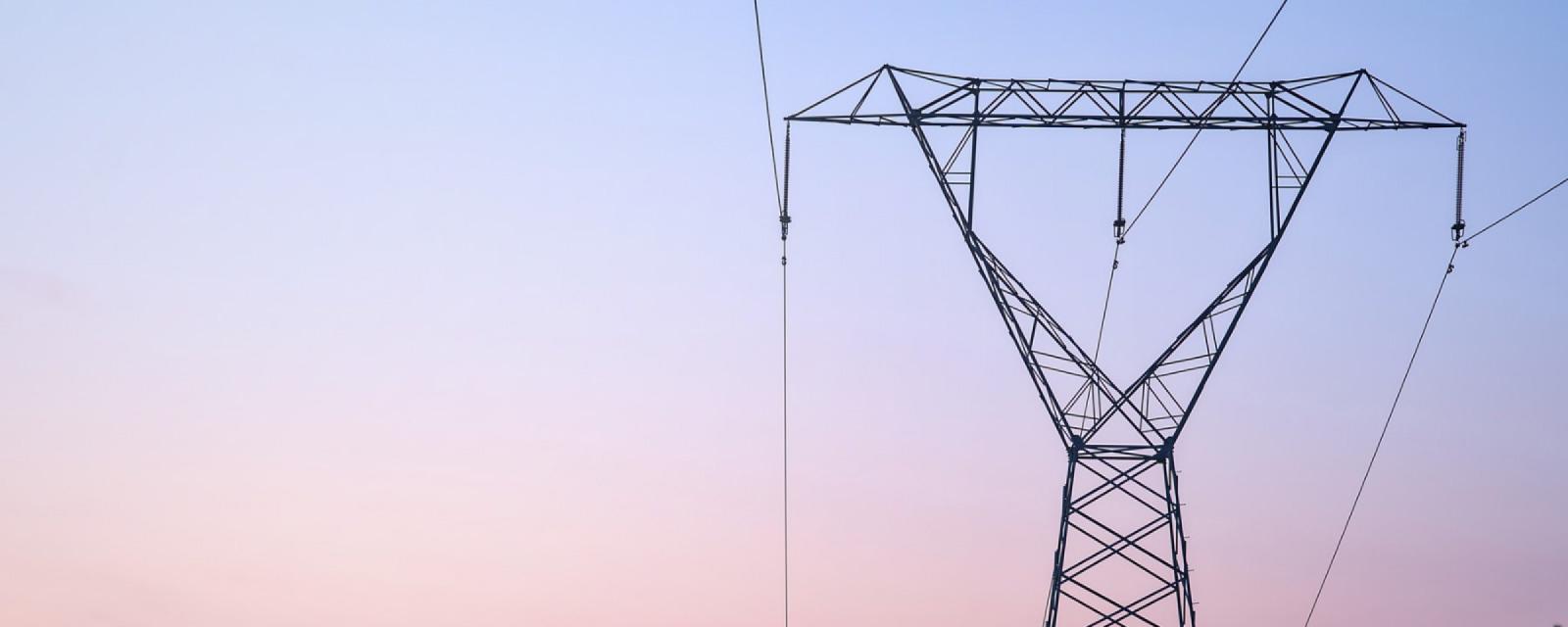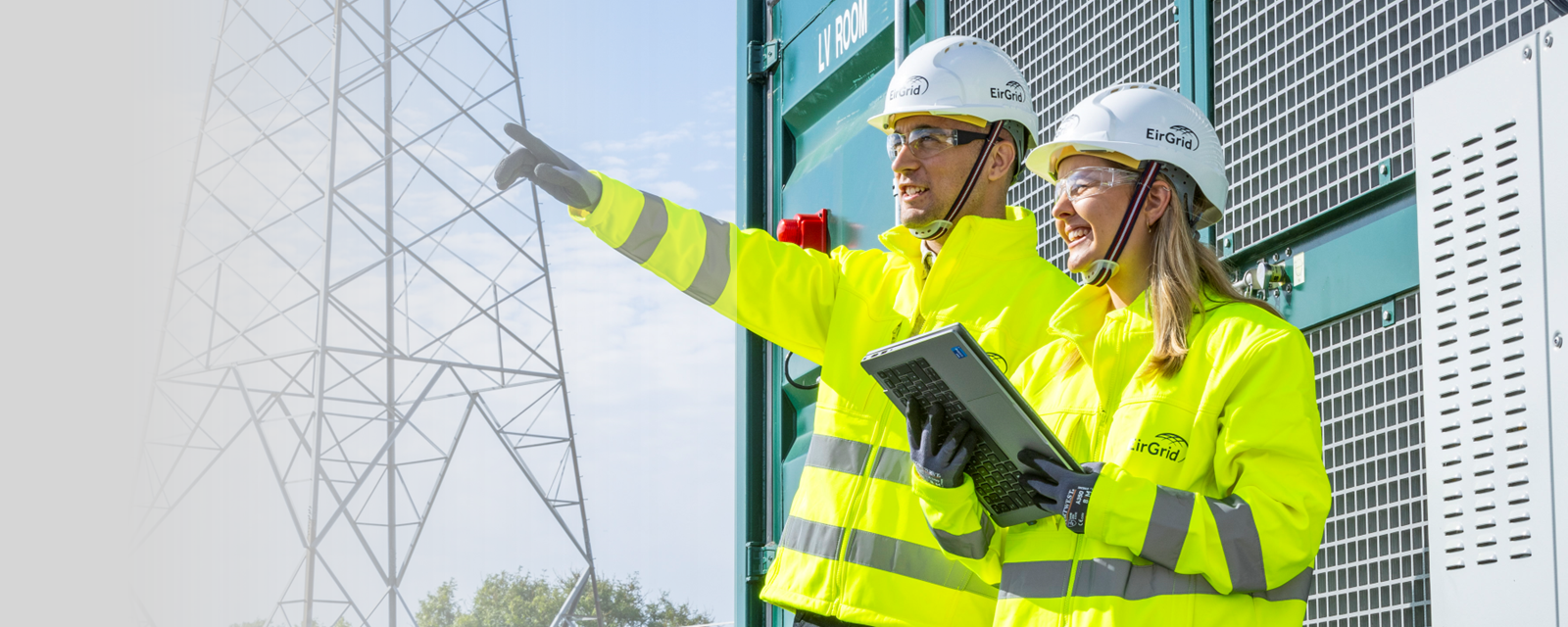EirGrid is leading Ireland's transition to a low carbon future. As we enhance the electricity system, we are delivering critical infrastructure that underpins greater energy independence, but as importantly, will create a better and sustainable future for the next generation.
What We Do
Electricity is vital to the way we live. EirGrid develops, manages and operates the electricity grid in Ireland, making sure everyone has electricity when and where they need it.
Learn moreHow Does the Grid Work?
A lot of work happens to enable the simple act of switching on a light. Learn how the electricity system makes this possible.
Latest news
What Does EirGrid Do?
Your privacy settings
In order to allow the use of multimedia content on this website you must accept the use of miscellaneous cookies.
Real Time System Information
Live updates on Ireland's power system, including fuel mix, emissions and more.
10 fast facts about EirGrid and the work we do
EirGrid is Ireland's TSO, which stands for 'Transmission System Operator'. We plan, manage and develop Ireland's high-voltage electricity grid for a sustainable future. This grid is connected to the lower voltage distribution system managed by ESB Networks, Ireland's Distribution System Operator (DSO), which supplies power directly to homes and business around the country.
Did you know?Explore EirGrid
We're here to help
Have questions or queries? Get in touch with us.


